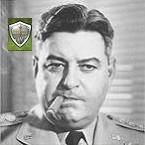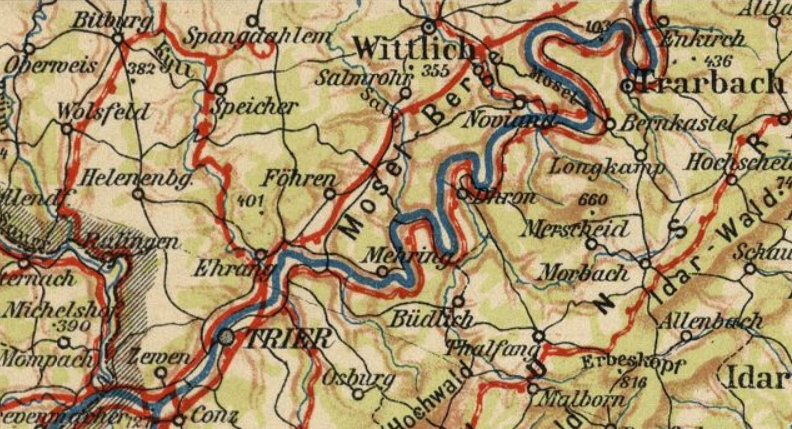
Scenario design is multifaceted. Anyone who has put together a scenario for any wargame rapidly realizes a whole collection of skills is called for, ranging from collation of basic information to the interpretation of documents and maps.
It is the latter I'll mention in this thread. TOAW offers us a fair selection of terrain tiles to choose from when we make the map for a scenario. Informing us about which tiles to choose is the practice of terrain analysis, the data for which can be obtained from a good map.
Ah, "good map". What makes for a good map? I've found it is often necessary to consult more than one map for scenarios as the maps tend to be good at depicting topography or forestation, but usually not both. Let's look at the region between Stuttgart and Ulm ... an area dominated by the commanding heights and steep slopes of the Swabian Alb.
First off, here is how the area was depicted in SPI's War in Europe.

Next up is a depiction from SPI's The Next War.
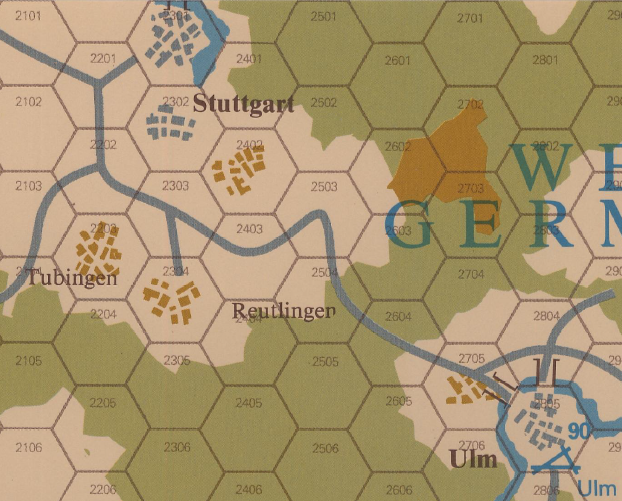
Quite a difference in the two depictions. The TNW map indicates (correctly) there is rough terrain in that area. For me, the real lesson here is that maps in existing wargames should be taken with a grain of salt. The next image shows this area as it was depicted on a Gea map in prewar Germany (the Gea maps were subsequently used in the production of Lage Ost etc. maps by the German military during the war.)
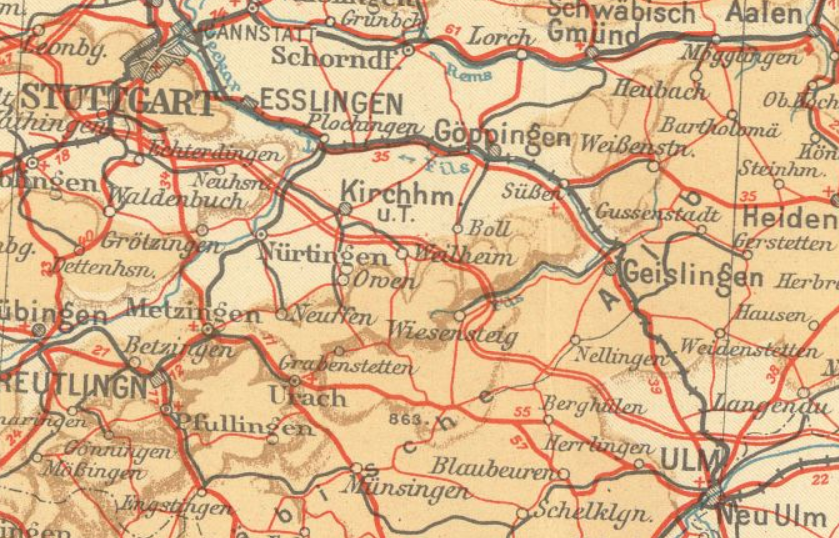
Take a look at the thick brown line vicinity of Wiesensteig. That is a feature that could be well modeled by the use of "escarpment" tiles in TOAW. As well, the region is marked by high hills and small mountains that rise up steeply on the western side. (The Gea maps are very useful in this regard; they show elevation changes well. This IMO is more indicative of where tiles such as hills and mountains should be placed rather than pure elevation maps that don't indicate the location of high plateaus and other flat areas.)
Still didn't help with forestation, though. This (U.S.) Army Map Service map gives a good idea of where forests are:
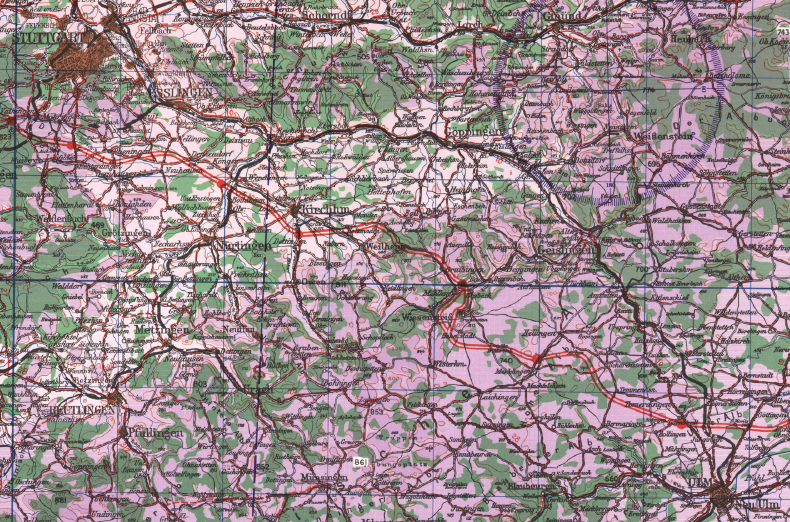
One style that blends both kinds of information is this Tactical Pilotage Chart:

A lot of information to be had from the "real" maps; a necessary skill for the scenario designer at this point is to boil down what is essential for the scenario under design. I did mention a collection of skills as required for scenario design, didn't I? [;)] Every designer will have their own preferences as to what works best for them.
Okay. For those interested in where these kind of maps can be found online.
Army Map Service 1/250,000 topographic maps. http://legacy.lib.utexas.edu/maps/ams/c ... ex_map.jpg
Tactical Pilotage Charts at 1/500,000. http://legacy.lib.utexas.edu/maps/tpc/e ... index.html
The Gea map mentioned here. https://www.landkartenarchiv.de/vollbil ... _Suedblatt
Cheers



